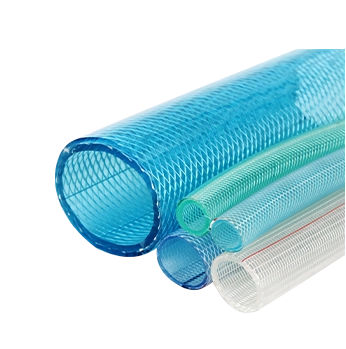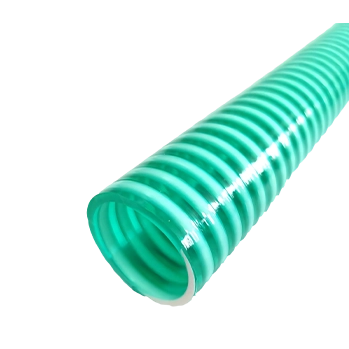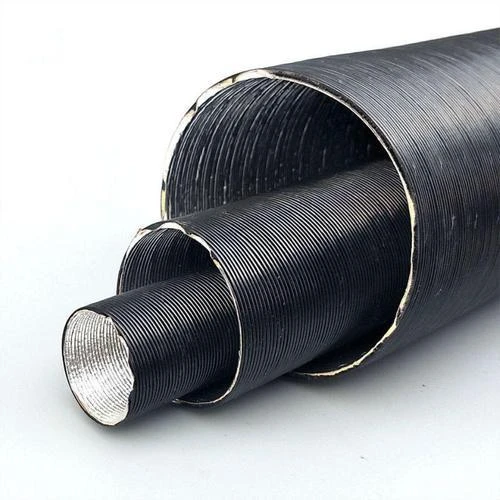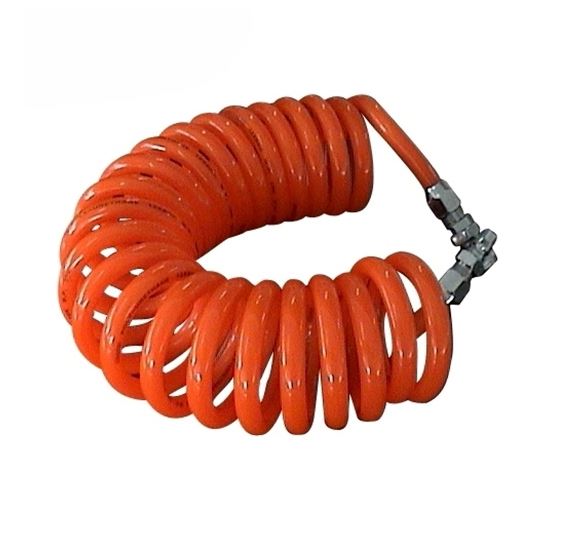Different Types of Fire Hoses Used in Emergency Response Operations
Types of Hose in Firefighting
Firefighting is an essential service that requires specialized equipment to ensure the safety of both firefighters and the public. One of the most critical tools in a firefighter's arsenal is the fire hose. Fire hoses come in various types, each designed for specific purposes and operational conditions. Understanding these different types can significantly enhance firefighting effectiveness.
Types of Hose in Firefighting
2. Supply Hoses These hoses are larger in diameter and are responsible for supplying water from a hydrant or water source to the fire engine. Supply hoses, usually ranging from 3 to 5 inches in diameter, are critical in ensuring that enough water is available for firefighting operations. The design of these hoses allows for the effective management of large volumes of water, enabling firefighters to maintain a steady flow when extinguishing fires.
types of hose in fire

3. Wildland Hoses In the context of wildfires, specialized hoses known as wildland hoses are employed. These hoses are often lightweight and designed for use in rugged terrain. They are capable of withstanding the harsh conditions present in wildland firefighting, including high temperatures and abrasive elements. Typically, wildland hoses are available in smaller diameters, making them easier to handle in difficult outdoor environments.
4. Booster Hoses Used for quick-response situations, booster hoses are compact and typically 1-inch in diameter. These hoses are commonly carried on firefighting apparatus and are designed for quick deployment. They are often used for small fires, such as vehicle fires or grass fires, where a rapid response is essential.
5. Suction Hoses Suction hoses are used to draw water from sources such as ponds, swimming pools, or other bodies of water. These hoses are generally reinforced to withstand vacuum pressures and are critical when traditional water sources are unavailable.
In conclusion, fire hoses play a vital role in effective firefighting operations. Each type of hose is constructed for specific tasks, from suppressing flames to ensuring a reliable water supply. Understanding the various types of hoses allows firefighters to select the appropriate equipment for each unique fire scenario, ultimately improving their ability to protect lives and property from the destructive power of fire.
-
Welded Wire Mesh Panel: Durable, Versatile, and AffordableNewsJul.28,2025
-
Top Quality Oxy Acetylene Hoses for Sale Fit for Welding DemandsNewsJul.28,2025
-
The Future of Pneumatic Air Tubes in IndustryNewsJul.28,2025
-
Superior and Reliable LPG Hose Pipe Solutions for Every NeedNewsJul.28,2025
-
Exceptionally Durable and Versatile Premium Braided PVC TubingNewsJul.28,2025
-
Best Adapters for Connecting Garden Hose to PVC Pipe ConnectionsNewsJul.28,2025














